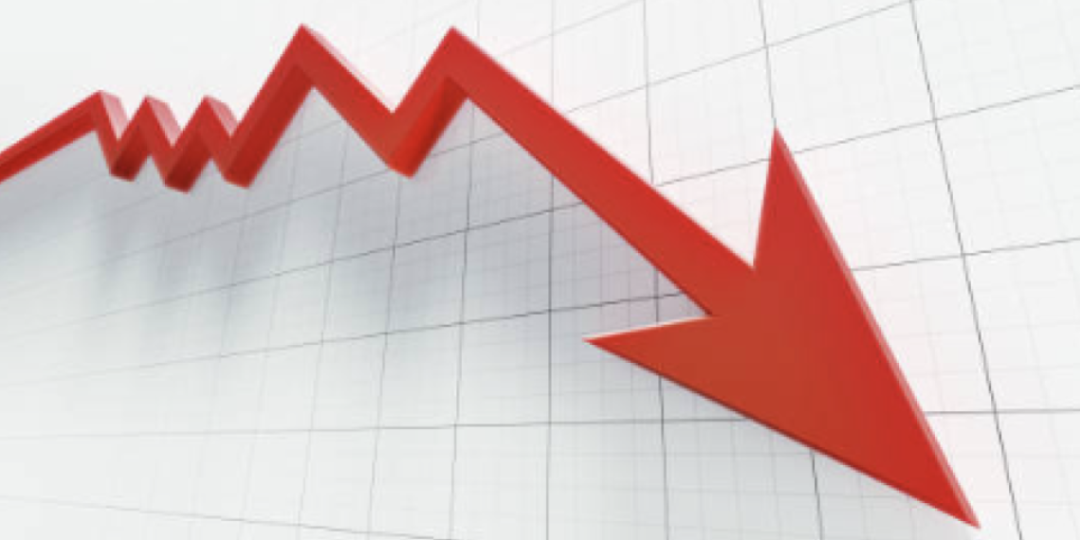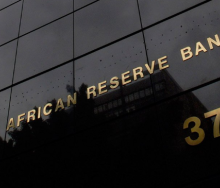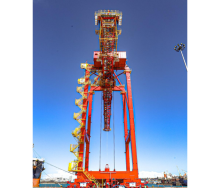Consumers can expect another interest rate cut when the SA Reserve Bank’s Monetary Pricing Committee meets next Thursday.
Nedbank Group Economic Unit and the Bureau for Economic Research economists have forecast a 25 basis point cut in interest rates due to the current low inflation environment.
“Inflation is forecast to drift upwards in the months ahead but will still average a muted 4% in 2025. Mild upward pressure will likely come from food and fuel prices, as they start to climb off a much lower base,” Nedbank economists said.
“Rising global food prices and a weaker rand are expected to offset the downward pressure exerted by higher domestic food production, which should benefit from good rains over the past two months. Fuel price deflation will also gradually fade and reverse.”
While global oil prices were forecast to decline, a weaker rand would slowly lift local fuel prices to higher ground, the Nedbank economists said.
“Some of the upside risks the MPC envisaged in November materialised. The rand came under renewed pressure against a resurgent US dollar, which benefited from the anticipated impact of the second Trump administration's economic policies,” they added.
“The markets argued that Trump's policy agenda would sustain US economic outperformance, albeit at the expense of higher inflation, which would probably lead to a more hawkish Federal Reserve (Fed) and fewer US interest rate cuts. Consequently, investors expected interest rate differentials to shift in favour of the US dollar.”
In addition, global oil prices increased, driven by higher seasonal demand caused by a colder-than-usual winter in the Northern Hemisphere.
“While global oil prices are unlikely to hold onto recent gains, the rand faces another volatile year. The currency's recent slide and underlying vulnerability to shifting global risk appetites will make the MPC more cautious,” the economists said.
“Even so, the US Fed has already reduced its policy rate by 100 bps, while the SARB has only eased by 50 bps, creating some space for more rate cuts without placing the rand under too much pressure. At the same time, inflation has declined significantly, and the outlook remains relatively subdued.
“We forecast only two more rate cuts of 25 bps each in 2025. The first is expected next week, followed by another in March, taking the repo and prime lending rates to 7.25% and 10.75%, respectively.”
According to the BER Weekly Review, the US Federal Reserve is likely to keep its policy rate unchanged when it makes its announcement on Wednesday, after cutting rates by 25 bps in December.
“In contrast, the European Central Bank (ECB) is expected to cut its policy rate next week Thursday and to continue easing in coming meetings. Recent comments from ECB council members suggest that the policy rate could reach a neutral level by the middle of the year as inflation is expected to moderate to target,” BER economists said.
However, in SA inflation continued to undershoot expectations and persistent upside risks and uncertainty could make the Reserve Bank hesitant to cut its policy rate further, they added.
“Amid improving inflation expectations and a still relatively benign inflation outlook, we believe there is scope to cut by a further 25 bps. For now, we think a further 25 bps cut after January is possible, but we are less convinced of this than before and think a further 25 bps cut (a third cut this year) is unlikely as the SARB seems to place significant emphasis on the upside risks to inflation.”













